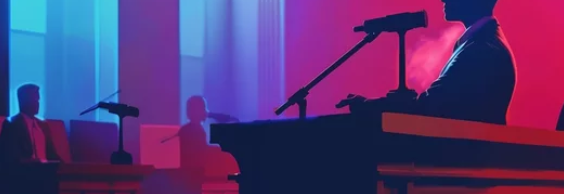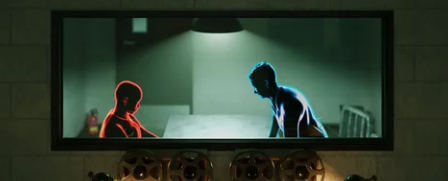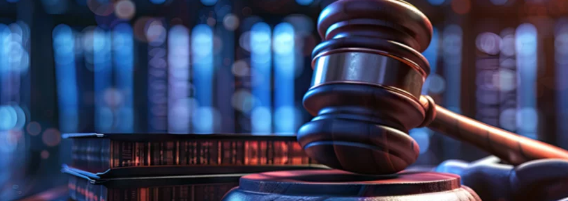Our emotions influence how we remember the past. Events that trigger strong feelings, whether positive or negative, tend to be etched more deeply in our minds than those that leave us feeling neutral. Let's explore the fascinating science behind this phenomenon.
Emotional Events Leave a Stronger Mark
Imagine flipping through a photo album. The pictures that evoke strong emotions - a joyous wedding day, a tearful goodbye, a thrilling roller coaster ride - likely stand out more vividly than t
hose of a random Tuesday afternoon. Research backs this up. Studies show that people remember arousing words like anger or excitement better than neutral ones like table or chair (Goldstein, 2019). The same goes for pictures - emotional scenes are more easily recalled after a long time than neutral ones.
The Amygdala: The Brain's Emotional Hub
So, what's happening in our brains to create this effect? A key player is the amygdala, a structure deep within the brain responsible for processing emotions. Goldstein (2019) explains the amygdala's role:
- When we experience something emotionally charged, the amygdala becomes more active. This activity is thought to help us encode memory more effectively, making it more likely to be remembered later.
Emotions and Memory Consolidation
Goldstein (2019) writes that memories aren't formed and fixed in an instant :
- They go through a process of consolidation, where they are strengthened and stabilized over time, and emotions also play a role in this process.
- Studies suggest that hormones released during emotional experiences, like cortisol, can enhance memory consolidation.
- This means emotionally charged events are encoded more effectively and better protected from fading away.
The Case of B.P.
The importance of the amygdala for emotional memory is further highlighted by a fascinating case study as told by Goldstein (2019):
- Patient B.P. suffered damage to his amygdala. When shown a slideshow depicting a boy getting injured, B.P. could recall the first part of the story just fine, But not the emotional part where the boy gets hurt.
- This suggests that a healthy amygdala is crucial for forming solid memories of emotional events.
The Power of Emotions in Shaping Our Memories
The link between emotions and memory helps us understand why certain events from our past remain so vivid and why traumatic experiences can be so difficult to forget. By understanding this connection, we can gain valuable insights into how our minds work and how emotions influence our perception of the past.References
Goldstein, B. (2019). Cognitive Psychology: Connecting Mind, Research, and Everyday Experience (5th ed.) [Review of Cognitive Psychology: Connecting Mind, Research, and Everyday Experience]. Cengage.

























